You’re probably paying more for lighting than necessary, even with LED bulbs installed throughout your home. While modern fixtures consume less energy than traditional options, they can’t automatically adapt to your daily routines or changing daylight conditions. Programming energy-efficient lighting zones transforms your static lighting system into an intelligent network that responds to occupancy, time of day, and ambient light levels—but the benefits extend far beyond your monthly utility bill.
Understanding Energy-Efficient Lighting Zone Programming

When you’re implementing energy-efficient lighting systems, understanding zone programming becomes essential for balancing illumination needs with environmental responsibility.
You’ll categorize locations into specific lighting zones ranging from LZ0 for minimal light areas to LZ4 for maximum illumination zones. This classification system helps you tailor lighting solutions based on ambient light levels and human activity patterns.
You’ll find that proper zone programming considerably reduces energy consumption while maintaining safety standards. Each zone receives customized illumination levels that prevent over-lighting and minimize light pollution.
Proper zone programming reduces energy consumption while maintaining safety through customized illumination levels that prevent over-lighting and minimize light pollution.
You must guarantee compliance with local regulations when programming these zones, as this aligns your lighting solutions with environmental protection initiatives.
Through strategic zone programming, you’ll create sustainable lighting systems that meet community needs without excessive energy waste.
Cost Savings Through Automated Lighting Scenes
Since you’ve established proper lighting zones, you can now leverage automated lighting scenes to release substantial cost savings across your facility. Your automated lighting system delivers up to 30% energy reduction by intelligently adjusting light levels based on occupancy and natural light availability.
| Cost Factor | Traditional Lighting | Automated Lighting |
|---|---|---|
| Energy Usage | 100% baseline | 70% of baseline |
| Maintenance Frequency | Every 2,000 hours | Every 25,000+ hours |
| Annual Energy Costs | $10,000 example | $7,000 example |
| Productivity Impact | Standard levels | Enhanced performance |
| Operating Efficiency | Manual adjustments | Intelligent automation |
You’ll achieve thousands in annual savings through occupancy sensors and timers that eliminate energy waste. Enhanced employee satisfaction and productivity further justify your investment in energy efficiency solutions.
Environmental Impact and Sustainability Benefits
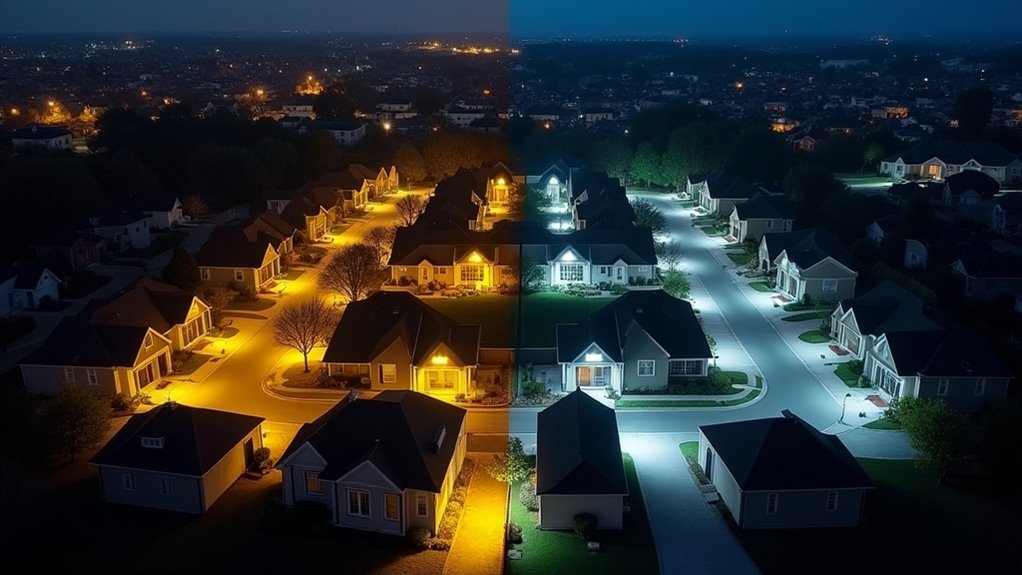
When you implement energy-efficient lighting zones, you’re directly contributing to reduced carbon emissions that can prevent approximately 9 billion pounds of greenhouse gases annually.
You’ll achieve significant energy conservation benefits through LED technology that cuts consumption by 75-80% compared to traditional lighting while reducing strain on power generation plants.
Your commitment to these systems demonstrates ecological stewardship goals by supporting sustainable practices that align with green building certifications and combat air pollution.
Reduced Carbon Emissions
As energy consumption drops through strategic lighting zone implementation, your community can prevent massive carbon emissions that would otherwise contribute to climate change.
You’ll contribute to preventing 9 billion pounds of greenhouse gas emissions annually in the U.S., equivalent to removing 800,000 cars from roads.
When you implement solar lighting solutions, you’re producing 25 times less CO2 compared to non-renewable sources.
LED technology delivers exceptional results, reducing energy consumption by 75% to 80% compared to incandescent lighting.
This dramatic decrease directly translates to reduced carbon emissions from power generation.
Your optimized lighting zones minimize unnecessary energy waste while protecting wildlife from light pollution, creating dual environmental benefits that support global sustainability targets.
Energy Conservation Benefits
While reducing carbon emissions represents just one facet of environmental stewardship, energy conservation through strategic lighting zones delivers extensive sustainability benefits that transform how communities interact with their environment.
When you implement energy-efficient lighting systems, you’ll achieve remarkable electricity consumption reductions of 75% to 80% compared to traditional incandescent options. These energy conservation benefits extend beyond simple cost savings, creating measurable environmental impact improvements throughout your community.
Solar lighting solutions amplify these advantages by utilizing renewable energy sources that produce 25 times less CO2 than non-renewable alternatives.
You’re not just conserving energy—you’re actively supporting sustainable urban development while ensuring regulatory compliance. This thorough approach to energy-efficient lighting establishes your community as a leader in ecological stewardship and environmental responsibility.
Ecological Stewardship Goals
Beyond immediate energy savings, strategic lighting zone implementation empowers communities to achieve ambitious ecological stewardship goals that generate measurable environmental impact across multiple sustainability dimensions.
When you integrate energy-efficient lighting systems, you’re preventing 9 billion pounds of greenhouse gas emissions annually—equivalent to removing 800,000 cars from roads. LED technology delivers extraordinary results, cutting emissions by 75-80% compared to traditional incandescent systems while reducing fossil fuel dependency that causes global warming and acid rain.
You’ll amplify your ecological stewardship efforts by incorporating solar energy solutions, which produce 25 times less CO2 than non-renewable resources.
This thorough approach supports green building certifications and aligns your sustainability initiatives with global environmental responsibility standards, creating lasting positive change for future generations.
Enhanced Safety and Security Features
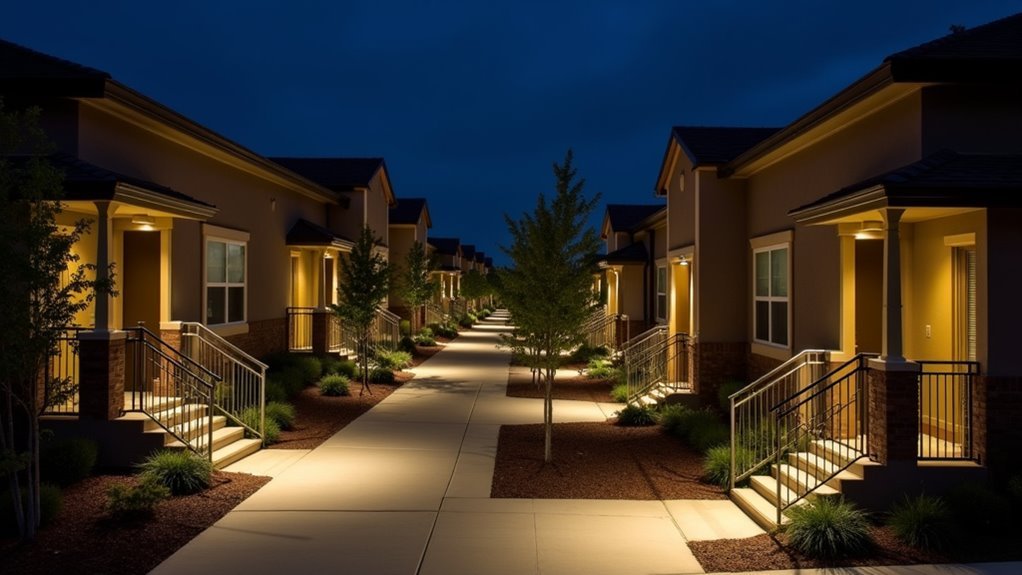
You’ll find that energy-efficient lighting zones create powerful deterrents against criminal activity by eliminating dark spaces where illegal behavior typically occurs.
Well-lit areas don’t just prevent crime—they also provide clear visibility for emergency responders who need to quickly locate and access incident sites.
When you implement strategic illumination throughout your community, you’re establishing a foundation for both proactive crime prevention and effective emergency response capabilities.
Crime Prevention Through Illumination
When you illuminate public spaces strategically, you’re not just adding light—you’re creating a powerful crime deterrent that can reduce criminal activity by up to 20%.
Energy-efficient lighting systems enhance visibility, making it nearly impossible for criminal activities to go unnoticed. You’ll find that proper lighting quality transforms high-crime areas into safer environments where people feel secure utilizing public spaces.
Well-lit areas provide clearer visibility for law enforcement and security personnel, enabling quicker responses to incidents.
The psychological impact is equally important—potential offenders perceive increased risk when operating in bright, illuminated areas, effectively discouraging criminal behavior.
This enhanced illumination fosters community cohesion as more residents feel comfortable engaging in evening activities, creating natural surveillance that further deters crime.
Emergency Response Visibility
While crime prevention forms an essential foundation for community safety, effective emergency response visibility can mean the difference between life and death during critical situations.
When you implement energy-efficient lighting zones, you’re providing first responders with the clear visibility they need to navigate quickly and assess emergencies accurately. This enhanced illumination reduces response times by up to 30%, allowing paramedics, firefighters, and police to reach victims faster.
Your investment in modern lighting technology guarantees continuous operation even during power outages through solar solutions.
You’ll also improve surveillance system effectiveness, supporting both immediate emergency response and long-term investigation efforts. Well-lit emergency zones create safer working conditions for responders while enabling them to deliver more efficient, life-saving assistance to your community.
Improved Comfort and Productivity Levels
As energy-efficient lighting zones transform your workspace, you’ll notice immediate improvements in visual comfort that directly impact your ability to concentrate and perform tasks effectively. Energy Efficient Lighting eliminates harsh glare on screens and surfaces while providing consistent illumination that prevents eye strain and fatigue.
| Lighting Benefit | Impact on Workers | Productivity Outcome |
|---|---|---|
| Reduced glare | Less eye strain | Enhanced focus |
| Consistent brightness | Improved morale | Higher engagement |
| Better color rendering | Increased creativity | Innovation boost |
| Minimal disruptions | Stable work environment | Sustained efficiency |
| Ideal foot-candles | Reduced fatigue | Extended performance |
Your improved comfort translates directly into measurable worker productivity gains. Well-lit environments create positive atmospheres that reduce turnover rates while fostering engagement and satisfaction among your team members.
Smart Technology Integration Capabilities
Beyond these comfort improvements lies the technological backbone that makes modern energy-efficient lighting zones truly revolutionary.
Smart technology integration transforms your lighting system into an intelligent network that responds dynamically to real-world conditions. You’ll benefit from IoT devices that automatically adjust brightness based on occupancy and ambient light, while occupancy sensors guarantee lights activate only when needed.
This energy-efficient lighting approach cuts operational costs by up to 30% through strategic automation during low-activity periods.
You can manage everything remotely from centralized platforms, receiving maintenance alerts and making real-time adjustments. The system continuously collects data on usage patterns, providing valuable insights for optimizing performance and planning future implementations across your facility.
Customizable Lighting for Different Activities
When you implement customizable lighting systems, you’re creating tailored environments that enhance performance and safety across diverse activities.
These customizable lighting solutions adapt to specific needs, whether you’re illuminating sports fields, community centers, or pedestrian pathways.
You’ll benefit from different color temperatures that match each activity’s requirements. Cooler temperatures sharpen focus in task-oriented spaces, while warmer tones create relaxing atmospheres.
Advanced lighting technologies provide adjustable intensity and dimmability features, accommodating both day and night events seamlessly.
Smart controls automatically adjust based on occupancy and time, making these systems highly energy-efficient.
You can designate high-activity zones with brighter illumination while maintaining softer lighting in quieter areas. This strategic approach optimizes energy consumption while enhancing user experience and promoting community engagement in outdoor activities.
Reduced Maintenance and Operational Requirements
You’ll find that energy-efficient lighting zones greatly extend your component lifespans, with LEDs lasting over 25,000 hours compared to traditional bulbs.
This extended lifespan means you’ll experience considerably fewer system failures throughout your lighting system’s operational life.
You’re fundamentally reducing your replacement frequency by up to 80%, which translates to fewer interruptions and less downtime for your facilities.
Extended Component Lifespans
While traditional incandescent bulbs burn out after roughly 1,000 hours, energy-efficient LED systems can operate for over 70,000 hours—a dramatic difference that transforms your maintenance schedule.
These extended component lifespans mean you’ll replace fixtures far less frequently, dramatically reducing your operational burden.
Energy-efficient lighting systems deliver substantial advantages:
- Fewer replacements – You’ll cut replacement frequency by up to 70 times
- Reduced service calls – Less frequent maintenance means fewer disruptions
- Resource reallocation – Funds previously spent on maintenance can support strategic initiatives
- Environmental benefits – Fewer discarded bulbs reduce waste generation
Lower maintenance costs become immediately apparent when you implement LED technology.
You’ll experience smoother operations with minimal downtime, allowing your team to focus on core business activities rather than constant lighting maintenance.
Fewer System Failures
Beyond reducing replacement frequency, energy-efficient LED systems dramatically cut system failures through superior engineering and robust component design.
You’ll experience fewer unexpected outages and maintenance interventions compared to traditional lighting technologies. Modern energy-efficient systems are built with resilient components that withstand operational stress better than conventional bulbs.
When you implement LED lighting zones, you’re reducing the likelihood of flickering, burnouts, and inconsistent illumination that plague older systems.
This reliability translates directly into lower maintenance costs and reduced operational disruptions. Your facility won’t need emergency repairs or frequent troubleshooting calls.
The superior design of energy-efficient lighting means you’ll encounter fewer system failures overall, allowing your operations to run smoothly without lighting-related interruptions affecting productivity or safety protocols.
Compliance With Building Codes and Standards
As you implement energy-efficient lighting zones, compliance with building codes and standards becomes essential for ensuring your designs meet local regulations while promoting safety and environmental sustainability.
Following these requirements protects you from potential liabilities while maximizing the benefits of your lighting systems.
Key compliance advantages include:
- Financial incentives – You’ll qualify for rebates and incentives that offset upgrade costs
- Regulatory adherence – Meeting standards like ASHRAE 90.1 keeps you within legal frameworks
- Enhanced performance ratings – Your building’s energy efficiency scores improve markedly
- Green certification eligibility – Compliance facilitates participation in sustainable building programs
Health and Wellness Advantages
When you implement energy-efficient lighting zones, you’re not just reducing energy costs—you’re creating environments that actively promote community health and well-being.
Smart lighting efficiency enables safer nighttime physical activities, encouraging exercise participation and sports engagement after dark. You’ll foster stronger social cohesion by supporting evening community events that boost mental health and neighborhood involvement.
Optimized energy use through zoned lighting reduces accident risks while improving visibility in public spaces. This enhanced safety translates to better sleep quality as residents feel more secure.
During darker months, properly designed efficient lighting helps combat seasonal affective disorder by providing balanced artificial light exposure.
Your lighting zones create healthier, more active communities where people feel safe walking, exercising, and gathering—proving that sustainable lighting solutions deliver measurable health benefits alongside environmental advantages.
Future-Proofing Your Smart Home Investment
Smart lighting zones transform your home into a forward-thinking investment that adapts to technological advances while protecting your financial future.
Energy-efficient LED systems position your property ahead of market trends, delivering immediate value through reduced electricity costs and long-term appreciation benefits.
Smart lighting solutions create measurable financial advantages:
- Property Value Enhancement – Energy-efficient systems increase home marketability as buyers prioritize sustainable features
- Cost Recovery Acceleration – 30% electricity bill reductions help recoup initial investments faster than traditional lighting
- Technology Adaptability – Smart controls integrate seamlessly with emerging home automation platforms
- Environmental Compliance – LED lighting zones align with future energy regulations and sustainability standards
You’re investing in technology that’ll remain relevant for decades.
With 25,000+ hour lifespans and continuous smart home integration capabilities, these systems protect against obsolescence while maximizing returns.
Frequently Asked Questions
Why Is Energy Efficiency Important in Lighting System?
You’ll save up to 90% on energy costs while reducing maintenance expenses. Energy-efficient lighting lasts 25 times longer, cuts greenhouse gas emissions, improves visual comfort, and helps you comply with sustainability regulations.
What Is the Purpose of Energy Efficient Lighting?
You’ll reduce electricity consumption by up to 90% while cutting costs on energy bills and maintenance. You’ll also improve lighting quality, meet building codes, and support environmental sustainability through lower emissions.
Why Do Utilities Have Energy Efficiency Programs?
You’ll find utilities run energy efficiency programs because they reduce peak demand, avoid costly infrastructure upgrades, save money, meet regulatory requirements, and help achieve environmental sustainability goals while enhancing grid reliability.
Why Is It Important to Use Energy Efficient Light Bulbs?
You’ll dramatically cut your electricity bills by up to 75% while reducing bulb replacements since LEDs last 25 times longer than incandescent bulbs, saving money and helping the environment.


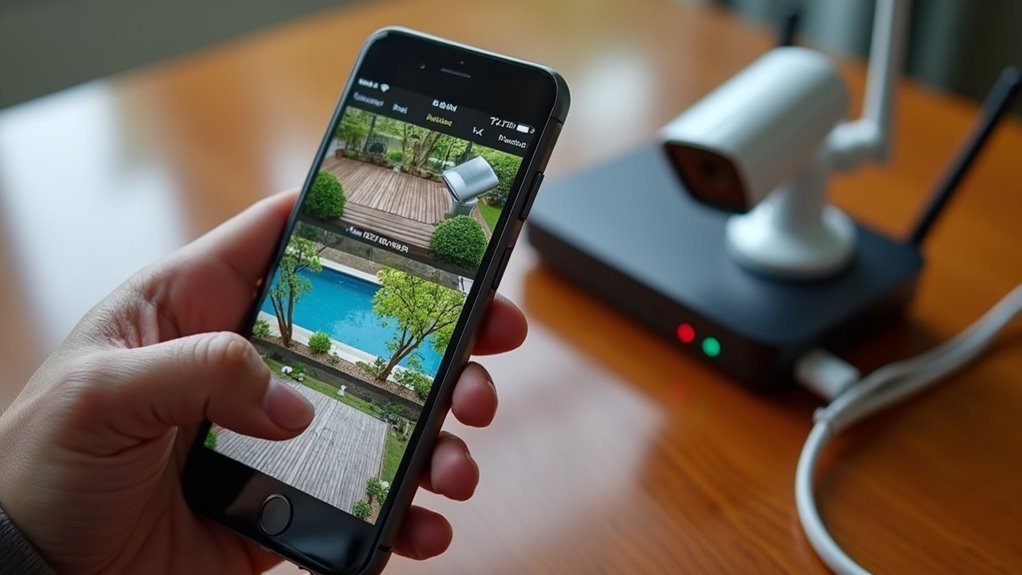
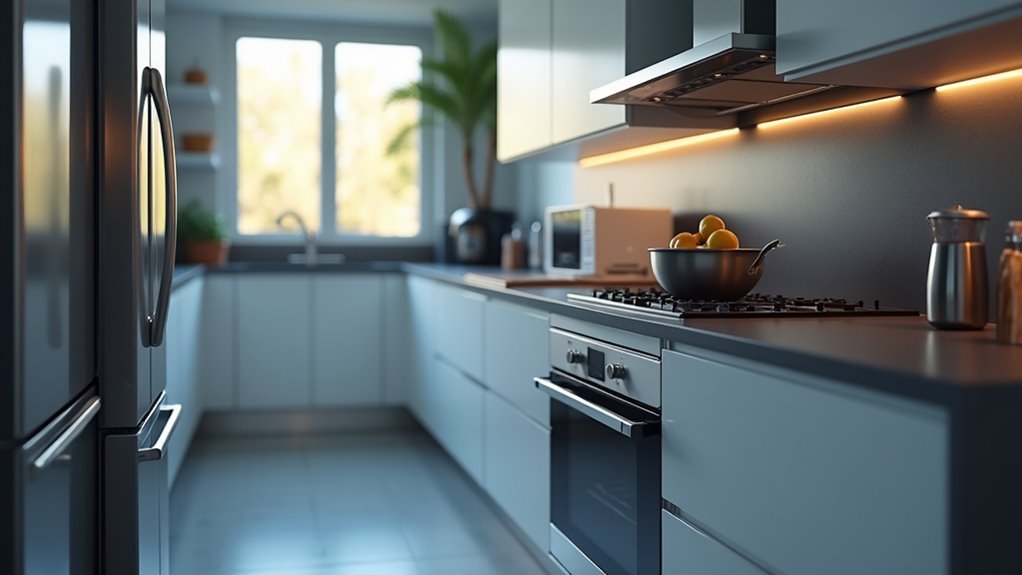
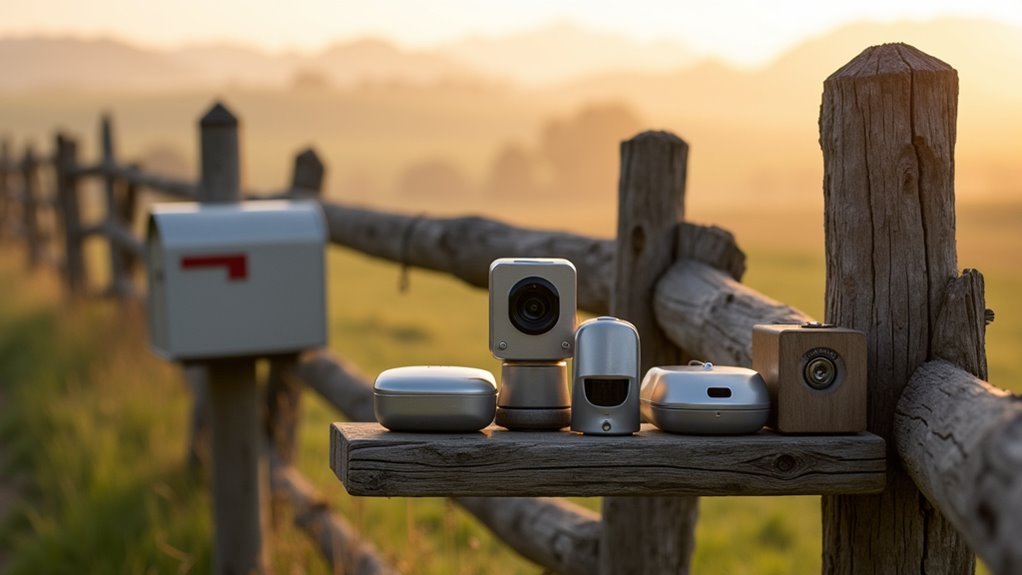
Leave a Reply